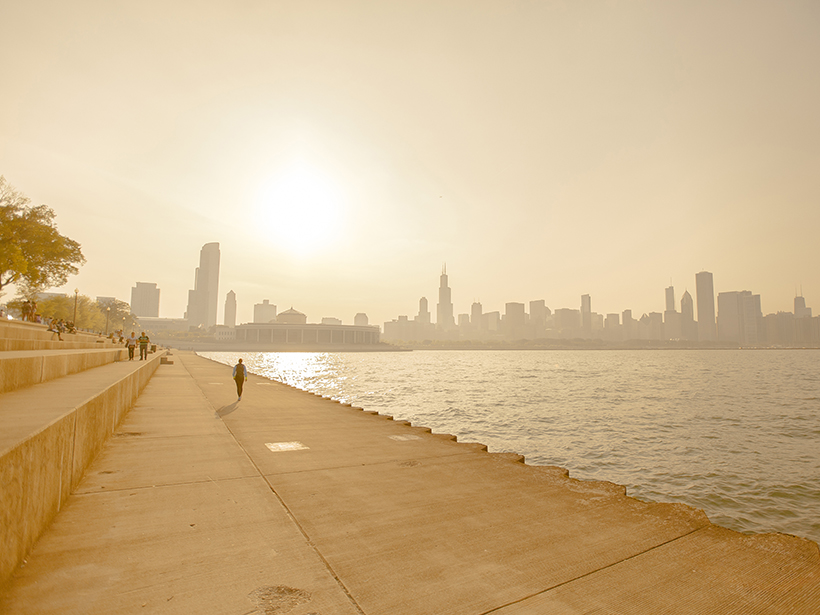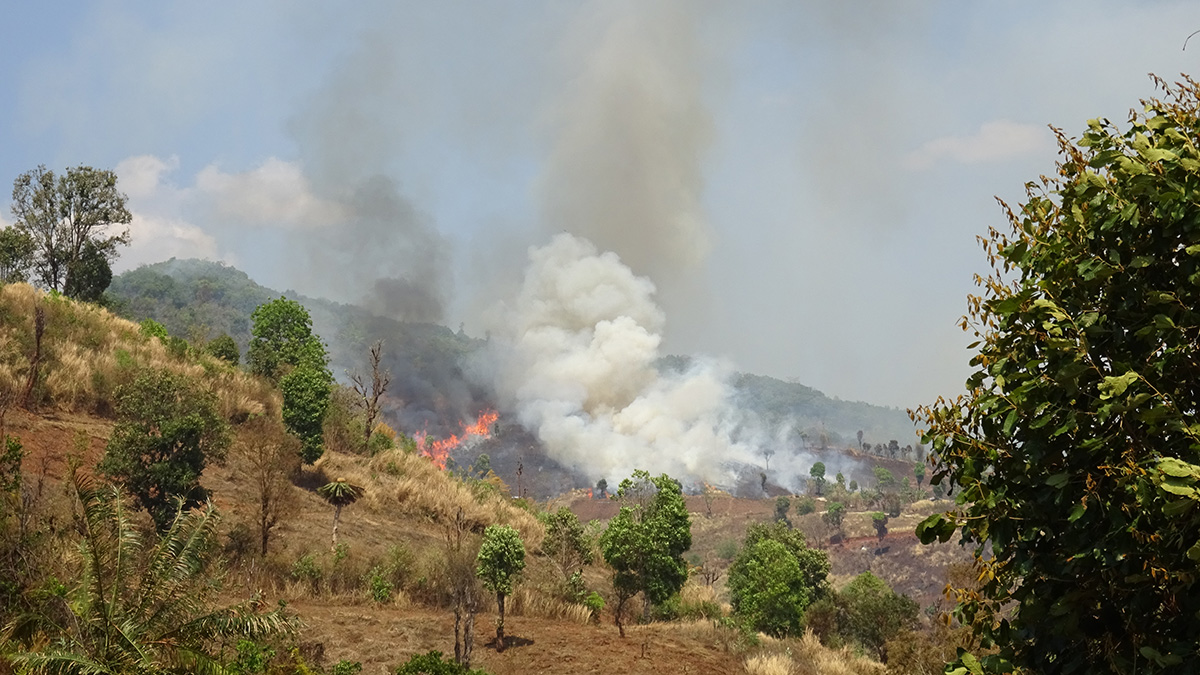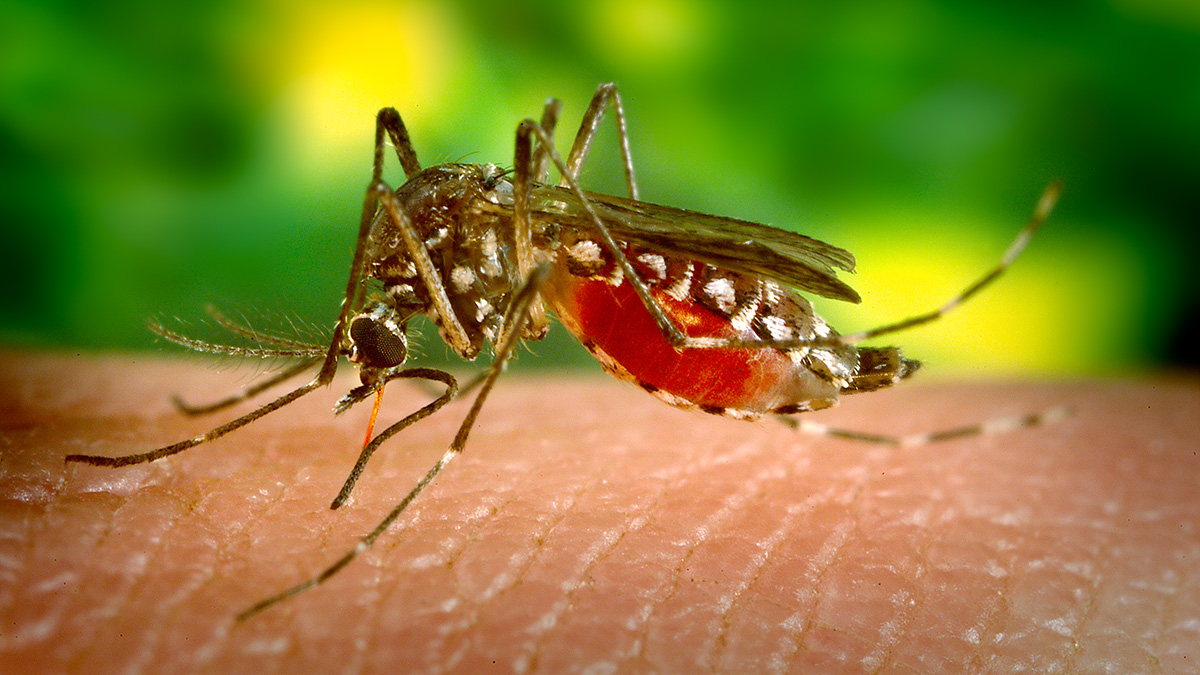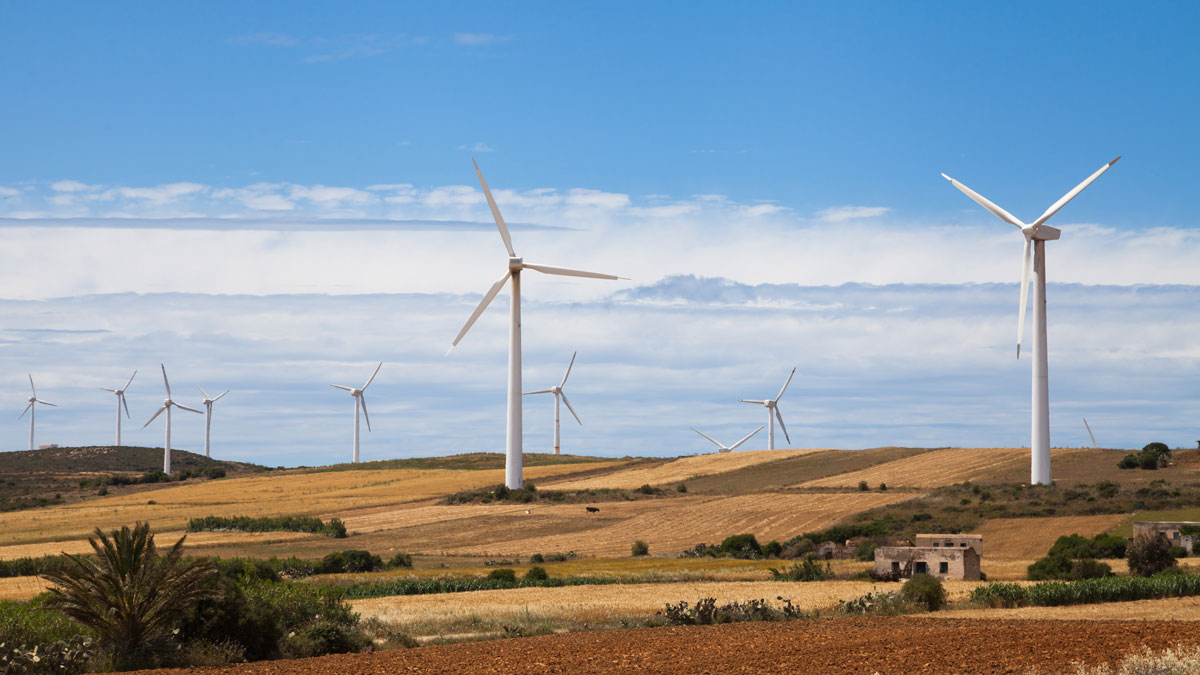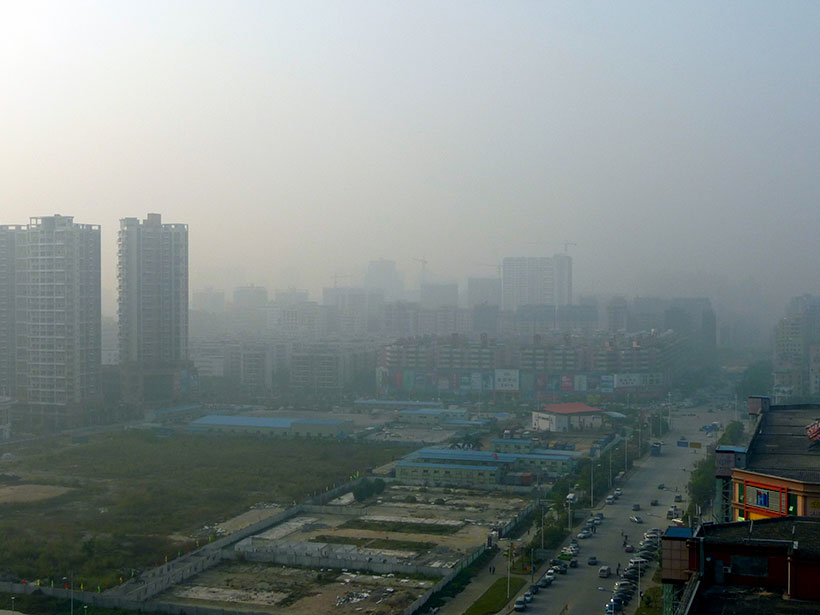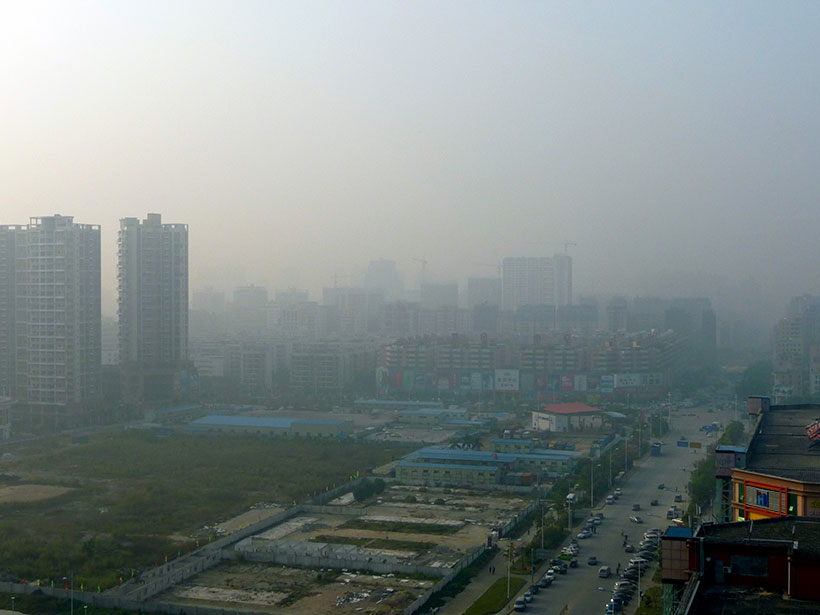Certain health risks are greatest in neighborhoods with higher proportions of people of color and lower levels of income and education.
geohealth
¿Cómo saber si has experimentado el calentamiento global?
Contestar esta pregunta puede ayudar a tomadores de decisiones, científicos y comunicadores climáticos a desarrollar estrategias más efectivas para llegar a escépticos y negacionistas.
App Tracks Harmful Mosquitos with Help from Crowdsourced Science
While collecting data using an app, volunteers have the chance to support research and fight mosquito populations on the ground.
An Eye in the Sky Tracks Air Pollution Inequality in U.S. Cities
A new study uses its data to show that diesel traffic is the largest source of pollution inequality across racial and economic divides
Air Pollution Killed a Million People in Africa in 2019
Experts say nature-based mitigation strategies and investment in renewables could reduce both indoor and outdoor air pollution and stimulate sustainable and safe growth.
Fires Lit for Agriculture Boost Air Pollution in Southeast Asia
Reducing fires lit for agricultural management and deforestation, which unduly affect poorer populations, could help prevent 59,000 premature deaths per year.
How Do You Know If You’ve Experienced Global Warming?
Answering this question can help policymakers, scientists, and climate communicators develop more effective strategies to reach skeptics and deniers.
Los beneficios para la salud y el clima de reducir la contaminación del aire
En un nuevo estudio, investigadores aplicaron un modelo global del sistema Tierra para estimar los impactos de las reducciones de emisiones por sector.


